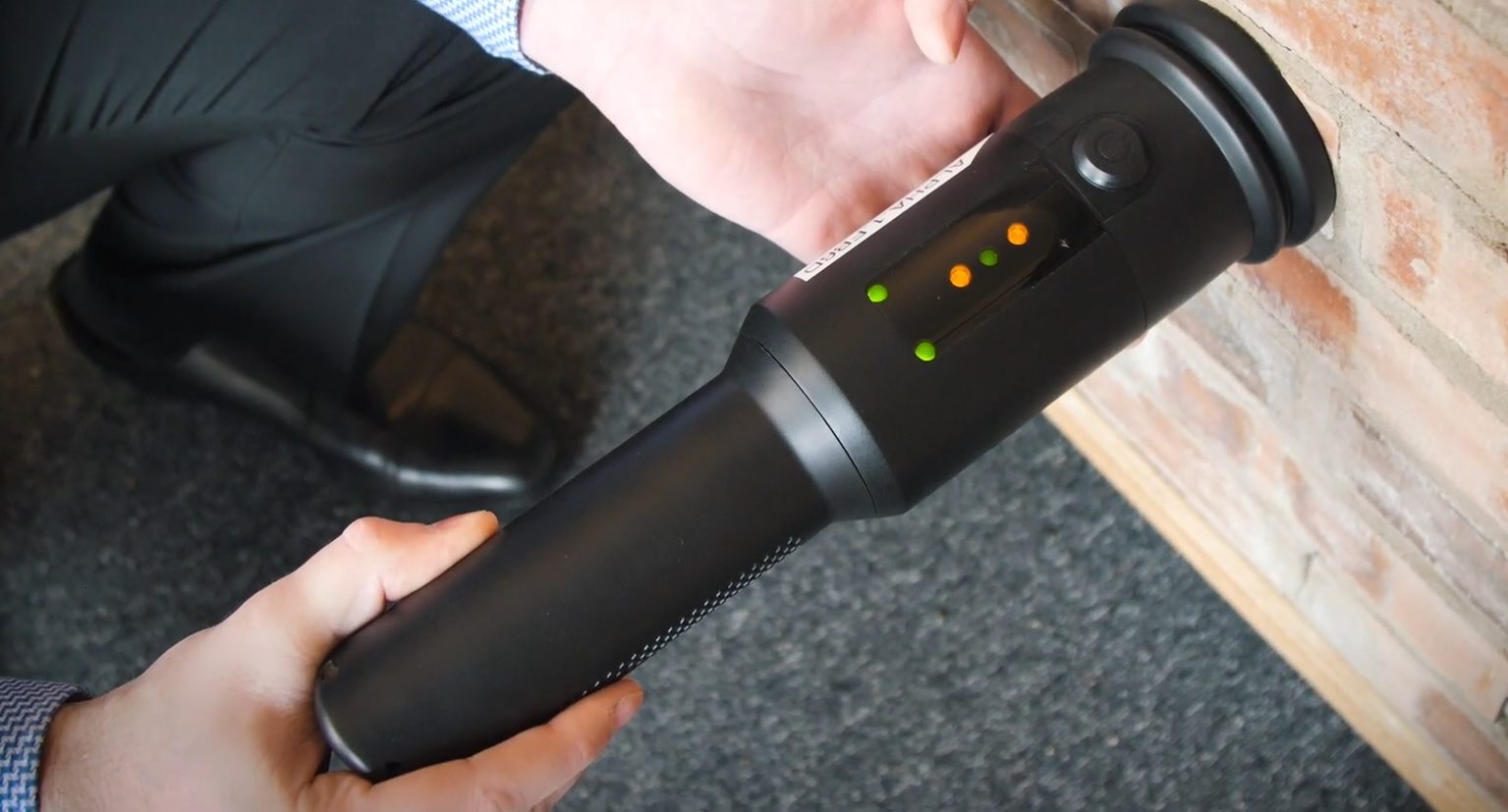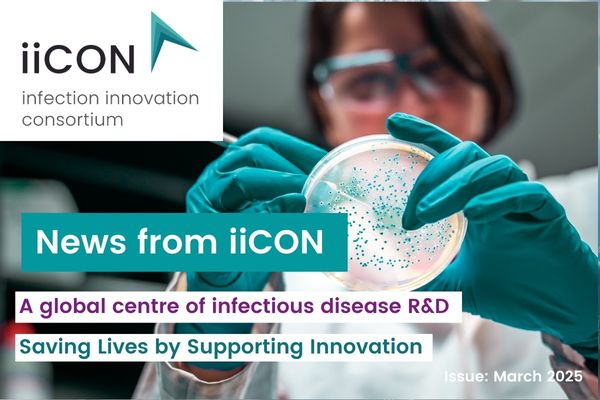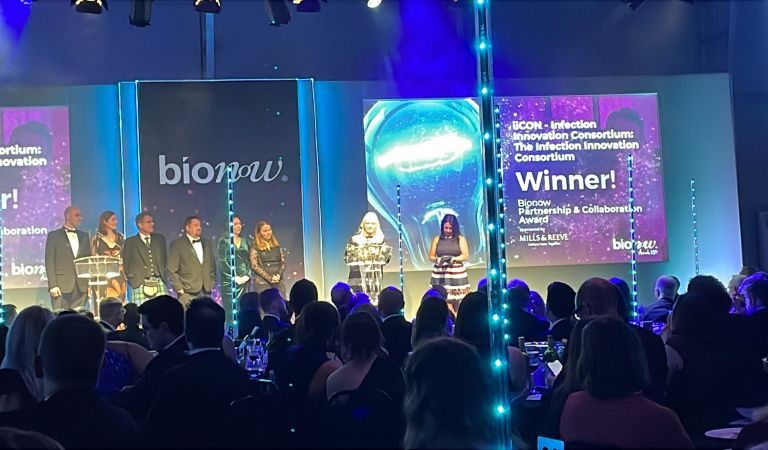- Join the Innovation Journey
- Our Platforms
Advanced sensor technology fights vector-borne diseases

iiCON is spearheading an international, multi-partner project to create sensors that will improve insecticide spraying activities aimed at protecting communities in Africa and Southeast Asia against vector-borne diseases.
Vector borne diseases such as malaria and Visceral leishmaniasis (VL) pose a substantial risk to people living in tropical climates due to the presence of large mosquito and sandfly populations combined with the fact that residential building are not fully sealed and so are easy for insects to enter.
The threat posed by these diseases is illustrated by the fact that in 2020 malaria caused 627,000 deaths globally, 61% of which were children aged under five. VL, which is carried by sandflies, is fatal if left untreated in over 95% of cases and is associated with malnutrition and poverty. To control VL, the Indian government is committed to a national indoor residual spray programme in which teams of sprayers biannually visit villages to apply a coating of insecticide to the inner walls of cattle sheds and houses.
Despite the investment of a lot of time and resources into the insecticide programme, results are often mixed, as it is difficult for the teams to know if they are applying too much insecticide, which is harmful to the building’s inhabitants, or too little, which won’t deter insects.
To refine and improve this spraying process, iiCON has developed a handheld sensor device that measures whether the correct dosage of insecticides is administered on a wall. The technology was originally created at LJMU’s Exemplar houses testing facility to monitor moisture in building fabrics using advanced electromagnetic spectroscopy. It was subsequently recognised that the technology could be adapted to quality assure large scale insecticide-based disease prevention programmes.
A Bill & Melinda Gates Foundation funded project was set up with a multidisciplinary team that included entomologists from LSTM as well as microwave engineers and machine learning experts from LJMU to explore this possibility. Professor Patryk Kot, Deputy Director of the Built Environment and Sustainable Technologies (BEST) Research Institute, led the development of the sensor, including the hardware, electronics circuitry, and algorithm to detect levels of the insecticide alpha-cypermethrin.
An enclosure for the device was designed and manufactured by Merseyside product design company 4D Products Ltd. The self-contained device incorporates electromagnetic generation, detection and data analysis equipment alongside a user-friendly display that shows the recorded dosage.
When used, the device is held like a torch with the sensor end offered up to the surface that’s being monitored and then depressed. The end of the device has been designed to spring in and out according to the correct level of pressure for different surfaces. This feature enables the sensor to effectively contact the surface and engage with data collection.
Security was a key consideration that 4D Products had to account for, as they were advised that devices of this kind are at risk of being disassembled and the components removed. To deter the device attracting unwanted attention, the design was made intentionally simple.
A preliminary study was launched in India to explore the sensors efficacy in reducing rates of VL. This success has led to additional funding to further develop the technology to measure multiple concentrations of different insecticides commonly used for IRS in Africa.
Andy Shaw, Head of the Built Environment and Sustainable Technology Research Institute (BEST), said: “This project is a great example of how iiCON is able to bring together the latest technologies and academic thinking with highly skilled researchers, advanced manufacturing capabilities and targeted funding to solve demanding global health issues. In just four years, we’ve identified a unique solution to a complex problem, successfully pooled our capabilities and deployed an international study to test, refine and develop a world-first technology.
“The ability of these sensors to save lives by reducing transmission of VL in India means that we are now exploring ways to measure multiple insecticides at once, with a focus on those most used in Africa. While this poses a considerable challenge, it highlights the capacity for these sensors to help numerous communities around the world that are most at risk of vector-borne diseases.”
“Working with 4D Products on the design and production of the device is a great example of how academic and industrial partnerships in Merseyside can lead to the high-quality innovations required to solve urgent issues. The creative and collaborative partnership we enjoyed with 4D Products was a critical aspect of this project’s success.”
James Bell, Managing Director at 4D Products Ltd., said: “It has been a privilege to work with the team at LSTM on such a worthwhile project. We’d like to give credit to LSTM for choosing to invest in the design of a bespoke solution rather than make do with a generic one. Investing in design innovation, how a product is perceived, manufactured and ultimately used is, in our experience, a worthwhile investment that is repaid many times over during the lifetime of a successfully designed product.”


